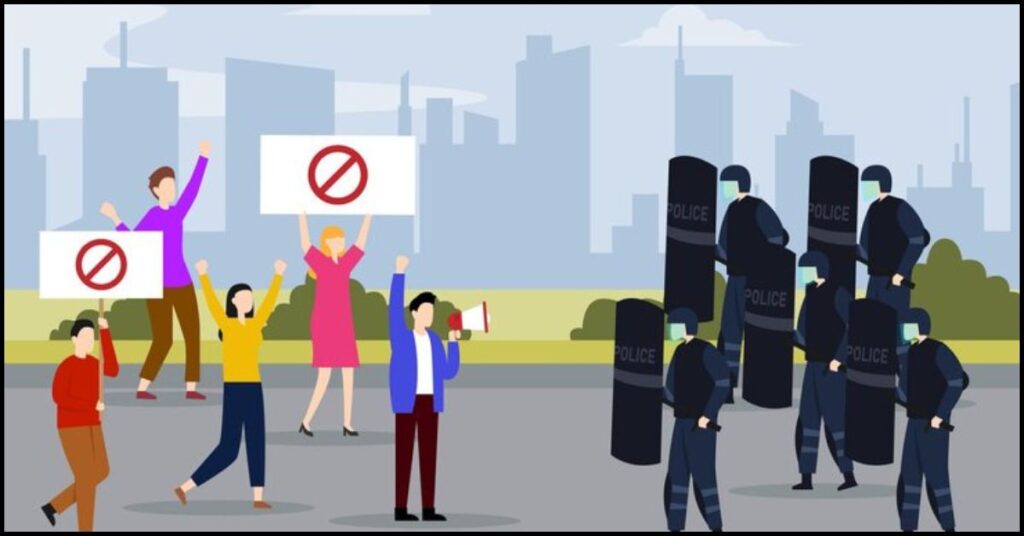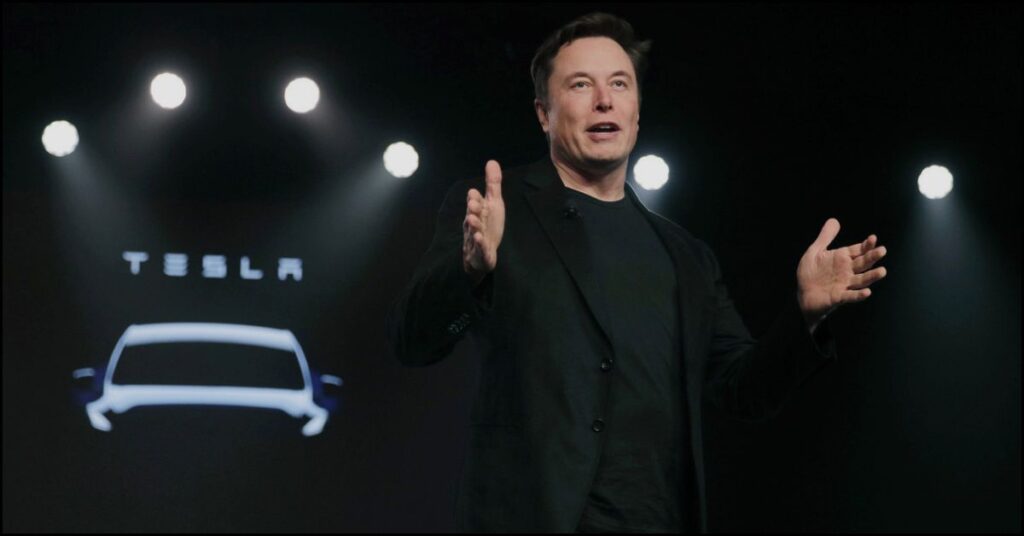Contents
- 1 Introduction
- 2 Tesla’s Entry into the UK Market
- 3 Why Greater Manchester Matters
- 4 The Clash Begins: Parking, Charging, and Policy Conflicts
- 5 Local Government Perspective
- 6 Tesla Owners Speak Out
- 7 Public Transit vs. Private EVs
- 8 Air Quality and Sustainability
- 9 The Role of Charging Infrastructure
- 10 Urban Planning and Road Use
- 11 Innovation vs. Regulation
- 12 The Economic Impact of Tesla in Greater Manchester
- 13 Cultural Attitudes Toward Tesla
- 14 Expert Opinions on the Conflict
- 15 Possible Resolutions Moving Forward
- 16 Frequently Asked Questions (FAQs)
- 17 Final Thoughts
Introduction
In recent years, Tesla has revolutionized the global automotive and energy markets with its cutting-edge technology, ambitious vision, and market-defining products. However, in places like Greater Manchester, the tech giant’s journey hasn’t been without friction. This article delivers Greater Manchester vs. Tesla: The Complete Breakdown, examining challenges, criticisms, infrastructure issues, and the broader implications for sustainable urban mobility in the UK.
From EV (Electric Vehicle) adoption to local policy response, we explore every facet of this evolving relationship through the lens of environmental goals, transport demands, public perception, and regulatory hurdles.
Tesla’s Entry into the UK Market
Tesla’s UK operations began in earnest around 2014, when the company opened its first showrooms and service centres. With a futuristic lineup—from the Tesla Model S to the popular Model 3—Tesla quickly gained traction among environmentally-conscious Brits.
Tesla’s mission to accelerate the world’s transition to sustainable energy found fertile ground in many UK cities. However, in urban centres like Greater Manchester, Tesla’s presence created both opportunities and complications.
Why Greater Manchester Matters
Greater Manchester is one of the UK’s largest metropolitan areas and plays a central role in national transport, commerce, and clean energy policy implementation. With a population exceeding 2.8 million, the region is under constant pressure to innovate while addressing congestion, pollution, and infrastructure strain.
Its 2040 transport strategy outlines clear goals for carbon neutrality and reduced traffic—ambitions that occasionally conflict with Tesla’s expansion model.
The Clash Begins: Parking, Charging, and Policy Conflicts

Tesla vehicles often require designated charging and parking areas, but Greater Manchester’s aging infrastructure struggles to accommodate these needs. Several reports have highlighted conflicts where Tesla drivers occupied limited public EV spaces for extended periods, causing frustration among non-Tesla EV owners.
The lack of universal charging standards, combined with Tesla’s proprietary Supercharger network, added to the friction. Local councils began to question if Tesla’s model supports regional green goals or prioritizes exclusivity.
Greater Manchester vs. Tesla: The Complete Breakdown becomes especially visible in policy meetings where EV strategy is debated.
Local Government Perspective
Authorities in Greater Manchester argue that while Tesla contributes to carbon reduction, it’s not aligned with broader transportation equity. The council’s Clean Air Plan, congestion zones, and transport initiatives favour shared mobility and public transport over luxury EV ownership.
Some policymakers see Tesla’s push as bypassing local regulatory input and favouring private enterprise over public good.
Key points:
- Greater Manchester Clean Air Zone (GM CAZ)
- Integration challenges with Tesla’s private ecosystem
- Budget allocations for non-Tesla charging solutions
Tesla Owners Speak Out

Many Tesla owners in Greater Manchester counter the narrative, saying they’ve invested in sustainable solutions and are now being penalised. They cite a lack of Superchargers, limited maintenance options, and poor local incentives as examples of unfair treatment.
Drivers in affluent suburbs like Altrincham and Didsbury complain of slow planning permissions for home chargers and rising hostility from local councils.
READ ALSO: TSLA Faces TM Hurdles on RBTX & CYCB Pre-June Launch
Public Transit vs. Private EVs
One major area of conflict lies in transport philosophy. Greater Manchester’s strategy emphasizes Metrolink, buses, and bike-sharing over private car ownership—even electric ones. Tesla, on the other hand, promotes advanced autonomous driving and private commuting, which can contradict urban sustainability goals.
Some transit activists argue that Tesla cars still contribute to congestion, regardless of emissions.
Air Quality and Sustainability
There’s no denying Tesla’s contribution to lower tailpipe emissions. Yet, local scientists caution that air quality benefits are marginal if private car usage isn’t reduced overall. Tire and brake particulates, as well as energy consumption, still impact the urban environment.
The city’s long-term goals include:
- Reducing car ownership rates
- Expanding low-emission zones
- Promoting walking and cycling infrastructure
The Role of Charging Infrastructure
Greater Manchester currently lags behind cities like London in public charging infrastructure. Tesla’s limited collaboration with local councils hasn’t helped. While Tesla drivers enjoy Supercharger access, most of these are in private parking areas or outskirts, not near central transport hubs.
This lack of alignment results in:
- Unequal access to EV charging
- Range anxiety for urban users
- Low EV adoption among lower-income residents
Urban Planning and Road Use
The battle between Greater Manchester vs. Tesla also extends to urban planning. Wider roads, on-street charging posts, and Tesla-specific parking bays are often seen as symbols of exclusivity.
Urban planners must balance:
- Space for buses, bicycles, and pedestrians
- Charging station visibility
- Commercial delivery access
Tesla’s futuristic needs often don’t fit into these traditional blueprints.
Innovation vs. Regulation
Tesla’s rapid innovation—such as Full Self-Driving (FSD) and Autopilot—has raised red flags with UK regulators. In Greater Manchester, where narrow roads and complex traffic make autonomous driving risky, local officials have been slow to approve pilot programs.
This regulatory drag has caused frustration among early adopters, some of whom feel Tesla’s UK ambitions are being held back unfairly.
The Economic Impact of Tesla in Greater Manchester
Despite the tension, Tesla’s presence in the region has generated jobs in sales, repair, and infrastructure. Greater Manchester’s high-tech manufacturing base could benefit from future Tesla investment, especially if the company sets up a battery facility or tech hub.
Potential benefits include:
- Employment for local engineers
- Stimulus for green startups
- Opportunities in AI and mobility research
Cultural Attitudes Toward Tesla
Tesla evokes mixed emotions in Greater Manchester. While younger professionals and tech enthusiasts see it as a symbol of progress, others view it as elitist and disconnected from working-class realities.
Media coverage often reflects these divisions, alternating between praise for Tesla’s innovation and criticism for its exclusivity.
Expert Opinions on the Conflict
Transport analysts suggest that both sides must evolve:
- Tesla should open up its infrastructure to other brands and collaborate with councils
- Greater Manchester must recognize EVs as a transitional tool and not vilify their users
Industry insiders argue that strategic cooperation is the only way to reach net-zero targets.
Possible Resolutions Moving Forward

1. Open Charging Networks
Tesla expanding its Supercharger access to non-Tesla EVs in Greater Manchester could ease tensions.
2. Community Charging Programs
Joint ventures between Tesla and the Greater Manchester Combined Authority to build shared charging points.
3. Urban Mobility Integration
Incorporating Tesla vehicles into future Mobility-as-a-Service (MaaS) models to blend private EVs with public systems.
Frequently Asked Questions (FAQs)
Q1: Why is there tension between Tesla and Greater Manchester?
Tesla’s infrastructure needs and private ownership model sometimes conflict with Greater Manchester’s goals of public transit, equitable access, and reduced congestion.
Q2: Is Tesla popular in Greater Manchester?
Yes, particularly in suburban areas, but city-wide acceptance is mixed due to infrastructure challenges and policy differences.
Q3: What are the main infrastructure issues?
Limited public charging stations, restricted home installation permissions, and lack of urban Superchargers top the list.
Q4: How is Greater Manchester addressing electric vehicle adoption?
The city focuses on shared EV programs, expanding low-emission zones, and improving charging infrastructure—often not aligned with Tesla’s proprietary systems.
Q5: Can Tesla and Greater Manchester work together?
Yes. Solutions like open charging networks and shared urban planning projects could benefit both parties and promote sustainable mobility.
Final Thoughts
The story of Greater Manchester vs. Tesla: The Complete Breakdown reveals a complex relationship between a cutting-edge company and a forward-thinking region. While both strive for a greener future, their methods sometimes collide. For the UK to truly lead the global EV movement, collaboration—not conflict—must take the wheel.

Harper Leigh is a dedicated writer at hsnime.co.uk, where she crafts engaging and insightful content on a wide range of topics. With a passion for storytelling and connecting with readers, Harper aims to inspire, inform, and entertain through her articles.






